Infrastructure
Planetary Science
Rocket Lab launches NASA solar sail test, South Korean observation satellite
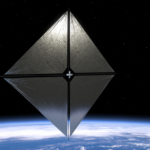
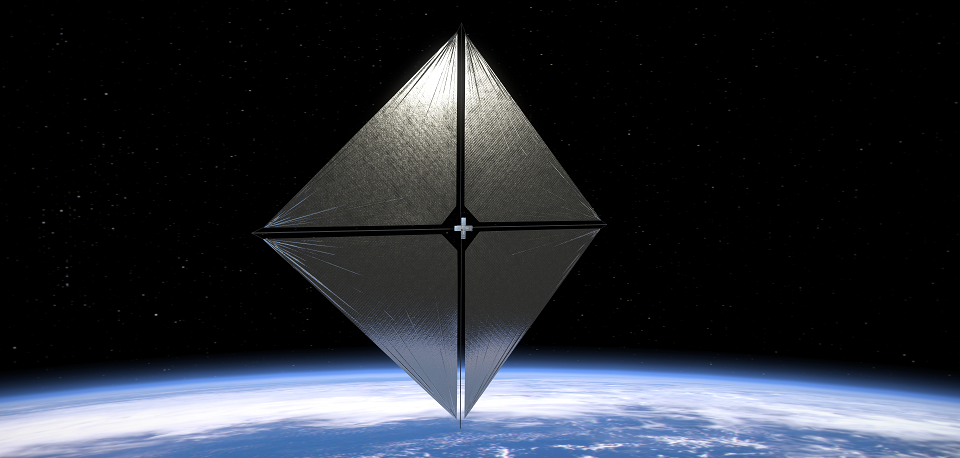
Rocket Lab launched two satellites on April 24. One is an Earth observation satellites for a Korea university and the other is a solar sail technology demonstration.
OSIRIS-REx delivers asteroid sample after seven years in space
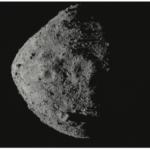
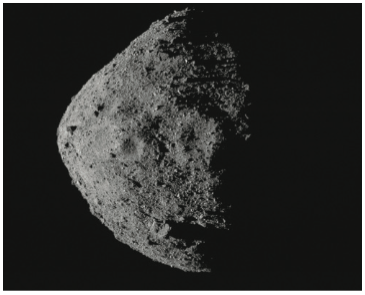
NASA’s OSIRIS-REx spacecraft returned a sample from the asteroid Bennu, which could help scientists better understand the formation of the solar system. After more than a decade of planning and seven years of space flight traversing more than 1 billion miles, a sample from the asteroid Bennu safely landed on Earth.
India P.M. calls safe landing of lunar probe ‘Dawn of a New Era’

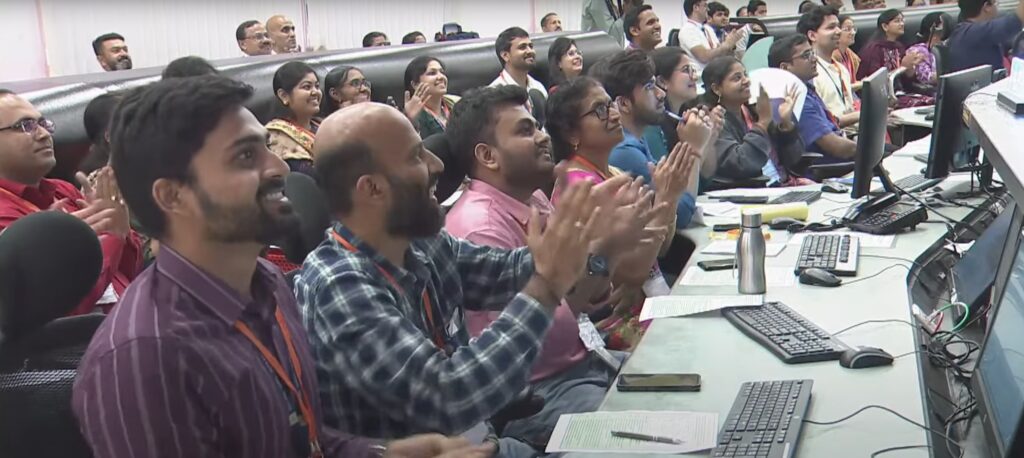
Space workers in India celebrated the landing of their Chandrayaan-3 probe, making it the fourth nation to safely land a spacecraft on the Moon, and had their efforts lauded by Prime Minister Narendra Modi. “India is on the Moon,” Modi boomed in a broadcast to India’s 1.4 billion residents.
ESA Sending Heroic, Fictional Sheep Aboard Artemis I
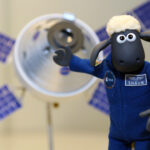
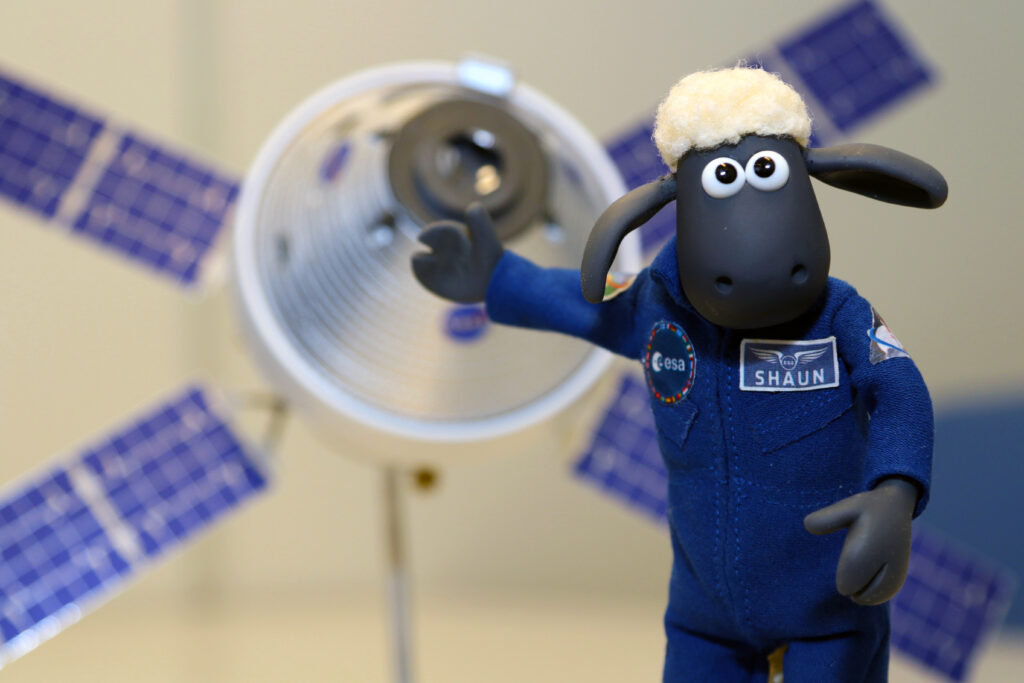
NASA says its Artemis I flight set to launch as soon as late August will be an uncrewed lunar fly-by. The Paris-based European Space Agency would beg to differ. Shaun is leaving the happy confines of Mossy Bottom Farm to lead the flight around the Moon, an agency press release announced.
2013 – Probes
The Mars Atmosphere and Volatile EvolutioN (MAVEN) spacecraft was launched in November 2013. MAVEN is intended to examine Mars’ upper atmosphere and ionosphere, and will also serve as a data relay in Martian orbit. This will facilitate communication between Earth and NASA’s assets currently on the surface and in orbit around Mars. MAVEN is expected to reach Mars in September 2014.
2013 – Landers/Rovers
In addition to astrophysics missions, several planetary exploration missions proceeded throughout 2013. These missions all focused on investigating other orbital bodies in the Solar System, whether through orbiting satellites or robotic landers.
2012 – Ground Observatories, Astronomy
Astronomers are laying the groundwork for a new generation of extraordinarily large observatories. The Square Kilometer Array (SKA) Telescope will be the world’s largest and most sensitive radio telescope ever built. The SKA takes its name from the combined size of the collecting area of the thousands of individual dishes that comprise it, making it far more sensitive than any existing radio telescope.
2012 – Probes
Mars is attracting interest from other nations as well. India’s government announced in August 2012 that it approved plans for their country’s first mission beyond the Moon. The Mars Orbiter Mission, slated to launch in late 2013, will make India the ## to launch a mission to the Red Planet, after the United States, Russia, Europe, Japan, and China.
2012 – Landers/Rovers
In August 2012, the Mars Science Laboratory spacecraft, carrying the Curiosity rover, landed on the surface of Mars. Curiosity carries ## science instruments with a total mass almost five times greater than the mass of either Spirit or Opportunity, NASA’s previous Mars rovers.